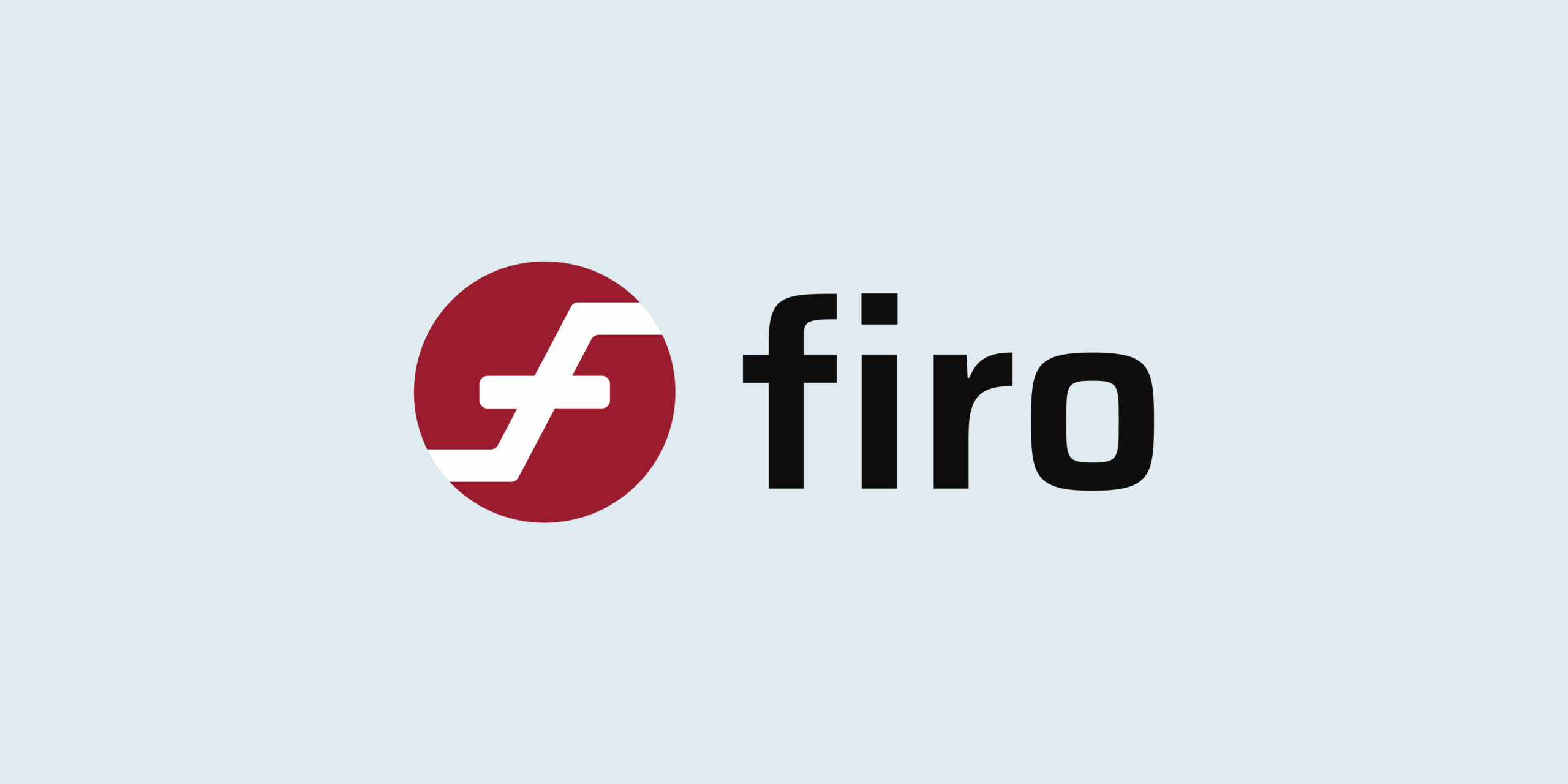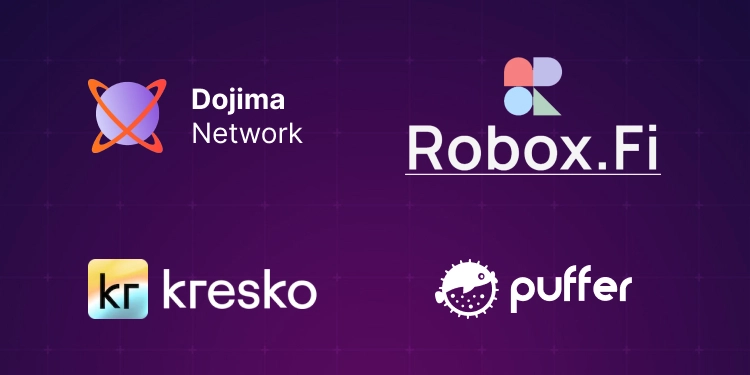Introduction
Firo, previously known as Zcoin, is a privacy-focused Proof-of-Work (PoW) blockchain and cryptocurrency that prioritizes fully anonymous transactions by implementing zero-knowledge proofs. This review aims to objectively analyze Firo’s technology, code quality, architecture, product roadmap, usability, and team.
Innovation
Firo stands out among other privacy-centric coins by striving to abolish payment trails rather than merely obfuscating them. It achieves this through its self-researched Lelantus privacy protocol, which allows users to burn coins and redeem them later as new ones, effectively breaking transaction links and ensuring privacy. The Lelantus technology utilizes 256-bit ECC curves, resulting in proof sizes of only 1.5kB, a 17x improvement compared to standard cryptographic approaches. It makes Firo relatively less resource-intensive and time-consuming than other privacy coins.
Architecture
Firo‘s architecture demonstrates high innovation and is the product of extensive research in blockchain and cryptography protocols. However, the abundance of innovations led to a lower score in architecture. Firo has published academic papers and audit reports for its various protocols, showcasing a commitment to transparency and security. It is worth noting that the whitepaper for Firo is not currently available.
Code Quality
Firo excels in code quality, demonstrating exceptional performance across various metrics. The project is open source and utilizes well-regarded programming languages such as C, C++, Rust, Erlang, and Ruby, among others. The codebase features regular commits, extensive test coverage, and a high maintainability index. The quality of code comments is outstanding, contributing to the project’s overall code quality.
Usability
Firo prioritizes usability, providing extensive guides and documentation that facilitate ease of use for end customers, whether individuals or commercial entities. The project aims to ensure users can navigate and utilize its features effectively.
Team
Firo boasts a team of nearly 90 active contributors, with members possessing substantial experience in blockchain development and cryptography. This level of expertise suggests a strong foundation for the project’s success.
Conclusion
Based on the evaluation of Firo’s technology, architecture, code quality, usability, and team, the project received an overall tech score of 83.64%. Firo showcases innovation in its privacy protocols, focusing on abolishing payment trails. While its architecture is complex, the project demonstrates resilience against possible attacks. Code quality is outstanding, with good programming languages, extensive test coverage, and excellent maintainability. The project’s mainnet has already been launched and prioritizes usability through comprehensive documentation. Finally, the team consists of experienced developers with a solid coding style. Overall, Firo presents a compelling privacy-focused blockchain and cryptocurrency solution.
| Initial Screening | |||
| Keep researching | |||
| Does this project need to use blockchain technology? | Yes | ||
| Can this project be realized? | Yes | ||
| Is there a viable use case for this project? | Yes | ||
| Is the project protected from commonly known attacks? | Yes | ||
| Are there no careless errors in the whitepaper? | Yes | ||
Project Technology Score | |||
| Description | Scorecard | ||
| Innovation (Out Of 11) | 9 | ||
| How have similar projects performed? | Good | 2 | |
| Are there too many innovations? | Too Innovative | 0 | |
| Percentage of crypto users that will use the project? | Over 11% | 5 | |
| Is the project unique? | Yes | 2 | |
| Architecture (Out of 12) | 6 | ||
| Overall feeling after reading whitepaper? | |||
| Resistance to possible attacks? | Good | 2 | |
| Complexity of the architecture? | Very Complex | 0 | |
| Time taken to understand the architecture? | More than 1 hour | 0 | |
| Overall feeling about the architecture after deeper research? | Good | 4 | |
| Has the project been hacked? | No | 0 | |
| Code Quality (out of 15) | 15 | ||
| Is the project open source? | Yes | 2 | |
| Does the project use good code like C,C++, Rust, Erlang, Ruby, etc? | Yes | 2 | |
| Could the project use better programming languages? | No | 0 | |
| Github number of lines? | More than 10K | 1 | |
| Github commits per month? | More than 10 | 2 | |
| What is the quality of the code? | Good | 2 | |
| How well is the code commented? | Outstanding | 2 | |
| Overall quality of the test coverage? | Outstanding | 2 | |
| Overall quality of the maintainability index? | Outstanding | 2 | |
| When Mainnet (out of 5) | 5 | ||
| When does the mainnet come out? | Mainnet Ready | 5 | |
| Usability for Infrastructure Projects (out of 5) | 5 | ||
| Is it easy to use for the end customer? | Yes | 5 | |
| Team (out of 7) | 6 | ||
| Number of active developers? | 5+ | 2 | |
| Developers average Git Background? | Senior | 2 | |
| Developers coding style? | Solid | 2 | |
| Total Score (out of 55) | 46 | ||
| Percentage Score | |||
| Innovation | 16.36% | ||
| Architecture | 10.91% | ||
| Code Quality | 27.27% | ||
| Mainnet | 9.09% | ||
| Usability | 9.09% | ||
| Team | 10.91% | ||
| Total | 87.27% |





